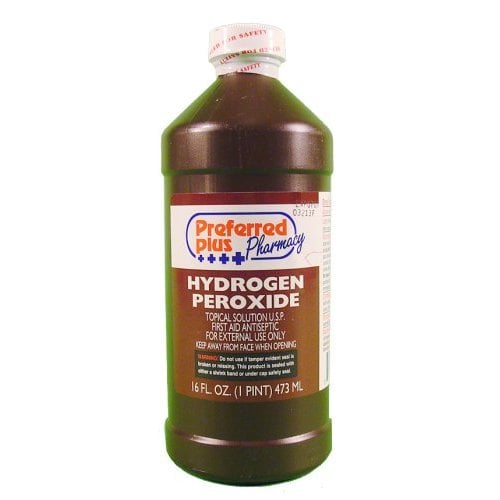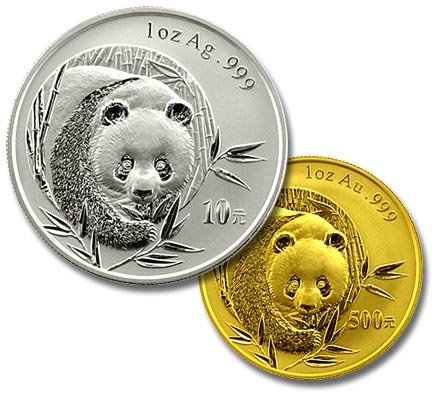Element Vs. Compound Review

The 'Element vs. Compound Review' quiz assesses understanding of basic chemical concepts, focusing on distinguishing between elements and compounds, and exploring their stability. It is designed to enhance learners' grasp of chemical properties through practical examples.
- 1.
Is lye an element or a compound?
- A.
Element
- B.
Compound
Correct Answer
B. CompoundExplanation
Lye is a compound. It is a strong alkaline substance that is commonly used in cleaning products and in the production of soap. Lye is formed by the combination of sodium hydroxide (NaOH) or potassium hydroxide (KOH) with water. It does not exist as a pure element but rather as a compound made up of different elements.Rate this question:
-
- 2.
Is krypton an element or a compound?
- A.
Element
- B.
Compound
Correct Answer
A. ElementExplanation
Krypton is an element because it is a pure substance that cannot be broken down into simpler substances by chemical means. It is a noble gas and is found in the periodic table with the atomic number 36. Krypton exists as individual atoms and does not combine with other elements to form compounds.Rate this question:
-
- 3.
Does the peroxide pictured above represent an element or a compound?
- A.
Element
- B.
Compound
Correct Answer
B. CompoundExplanation
The peroxide pictured above represents a compound. Compounds are substances that are made up of two or more different elements chemically combined together. In the case of peroxide, it is composed of two oxygen atoms bonded together, making it a compound. Elements, on the other hand, are pure substances that cannot be broken down into simpler substances by chemical means.Rate this question:
-
- 4.
Do the silver and gold coins pictured here represent elements or compounds?
- A.
Elements
- B.
Compounds
Correct Answer
A. ElementsExplanation
The silver and gold coins pictured here represent elements. Elements are pure substances that cannot be broken down into simpler substances by chemical means. Silver and gold are both examples of elements on the periodic table.Rate this question:
-
- 5.
Elements form compounds to become ________________.
Correct Answer
stableExplanation
Elements form compounds to become stable. When elements combine with each other, they share, gain, or lose electrons to achieve a stable electron configuration. This stability is achieved by filling their outermost energy levels or by attaining a noble gas configuration. By forming compounds, elements can achieve a more stable state, which is energetically favorable.Rate this question:
- 6.
Elements are unstable when they do not have __________ valence electrons.
Correct Answer
8
eightExplanation
Elements are unstable when they do not have a complete outer electron shell. This shell is complete when it contains 8 electrons, which is why elements strive to have 8 valence electrons. Having a full outer shell makes the element more stable and less likely to react with other elements to gain or lose electrons. Therefore, elements without 8 valence electrons are considered unstable.Rate this question:
- 7.
The ________________________ are stable because they have 8 valence electrons.
Correct Answer
noble gases
nobles gassesExplanation
The noble gases are stable because they have 8 valence electrons. Valence electrons are the electrons in the outermost energy level of an atom, and having 8 valence electrons is considered stable because it satisfies the octet rule. The octet rule states that atoms tend to gain, lose, or share electrons in order to achieve a full outer shell of 8 electrons, similar to the noble gases. Therefore, the noble gases, such as helium, neon, and argon, are considered stable due to their full valence electron shells.Rate this question:
- 8.
Does a compound have the same properties as the elements that make up that compound?
- A.
Yes
- B.
No
Correct Answer
B. NoExplanation
A compound does not have the same properties as the elements that make up that compound. When elements combine to form a compound, they undergo a chemical reaction that results in the formation of a new substance with different properties. The properties of a compound are determined by the arrangement and bonding of its constituent elements, and can be quite different from the properties of the individual elements. Therefore, the answer is no.Rate this question:
-
- 9.
If a substance is an element, its name can be found on the ______________________.
Correct Answer
periodic tableExplanation
The periodic table is a tabular arrangement of chemical elements, organized based on their atomic number, electron configuration, and recurring chemical properties. It provides a comprehensive list of all known elements, including their names, symbols, and atomic numbers. Therefore, if a substance is an element, its name can be found on the periodic table.Rate this question:
- 10.
Which is more reactive?
- A.
An element
- B.
A compound
Correct Answer
A. An elementExplanation
An element is more reactive compared to a compound. This is because elements consist of only one type of atom, which means they have a higher tendency to gain or lose electrons in order to achieve a stable electron configuration. Compounds, on the other hand, are made up of two or more different types of atoms bonded together. This bonding reduces the reactivity of the individual atoms as they share or transfer electrons to form stable compounds. Therefore, an element has a higher reactivity than a compound.Rate this question:
-
- 11.
Is sodium chloride the same as sodium?
- A.
Yes
- B.
No
Correct Answer
B. NoExplanation
Sodium chloride and sodium are not the same. Sodium chloride is a compound composed of sodium and chlorine ions, commonly known as table salt. Sodium, on the other hand, is a chemical element found in its pure form and is a highly reactive metal. While sodium is a component of sodium chloride, they are not interchangeable terms.Rate this question:
-
- 12.
Would calcium carbonate look like calcium?
- A.
Yes
- B.
No
Correct Answer
B. NoExplanation
Calcium carbonate would not look like calcium because calcium carbonate is a compound composed of calcium, carbon, and oxygen, while calcium is a pure element. Calcium carbonate typically appears as a white, powdery substance or as solid, colorless crystals, whereas calcium is a silver-gray metal. Therefore, the two substances have different physical appearances and would not look the same.Rate this question:
-
Quiz Review Timeline +
Our quizzes are rigorously reviewed, monitored and continuously updated by our expert board to maintain accuracy, relevance, and timeliness.
-
Current Version
-
Mar 19, 2023Quiz Edited by
ProProfs Editorial Team -
Dec 17, 2009Quiz Created by
Wack213



